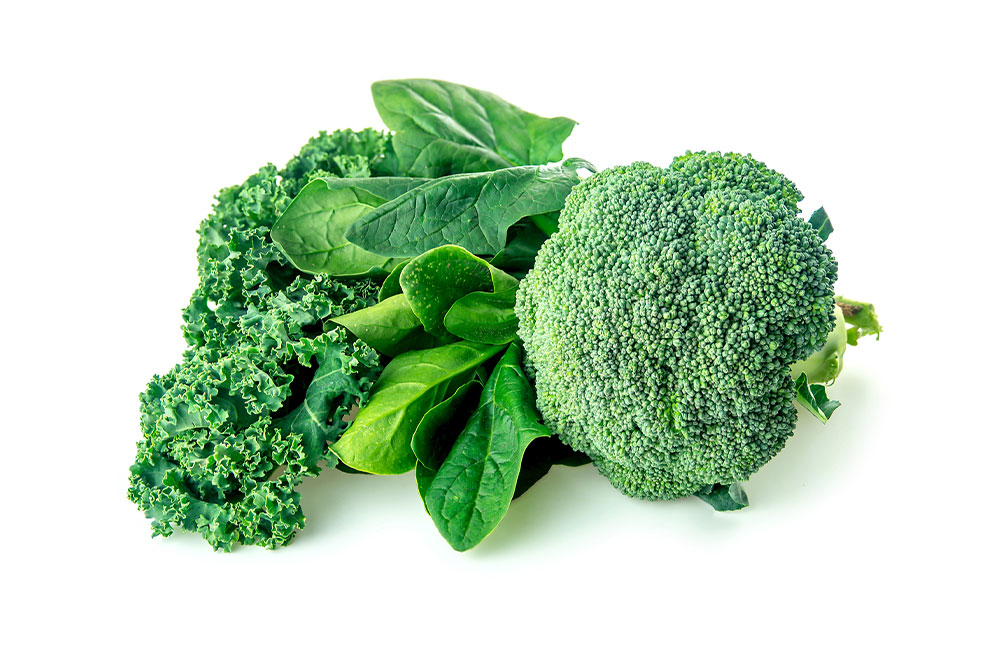Chronic myeloid leukemia – Treatments, home remedies, and more

Chronic myeloid leukemia is a rare form of cancer that develops in the spongy tissue of the bone marrow. An abnormal genetic mutation affecting older adults is the main trigger, and the risk is primarily high among men. While this cancer of the bone marrow doesn’t have a cure, slowing down its progression is possible. Here’s how one can identify early signs, make changes in nutrition, and get treatments to improve their quality of life.
Uncommon warning signs
Symptoms do not necessarily show up in the initial stages of the condition. But a few noticeable yet uncommon signs include unexplained bone pain that develops without any bone ailments or bleeding that is difficult to stop. One may even experience an overwhelming feeling of fatigue. Unexplained reduction in body mass, loss of appetite, and feeling full after eating a small meal are early symptoms to watch out for. Other unusual symptoms include frequent bouts of fever and an increase in the occurrence of night sweats. Some people develop abdominal discomforts with shooting pains. Also, visible hemorrhaging that develops as a purple discoloration on the skin can indicate a developing problem.
Prescription treatments
Changes in daily foods are more effective with prescriptions to better manage the symptoms. For those with chronic myeloid leukemia, doctors firstly recommend Tyrosine kinase inhibitor (TKI) therapy. Tasigna®, Gleevec®, Sprycel®, and Bosulif® are all FDA-approved prescriptions that are commonly used in TKI therapy.
TASIGNA® (nilotinib)
It can be recommended to patients newly diagnosed with positive chronic myeloid leukemia. This treatment option contains the TKI nilotinib, which helps people improve their symptoms and cope with CML.
SPRYCEL® (dasatinib)
This prescription treatment helps in the management of various types of CML. It can also be used for children who are one year or older with Philadelphia chromosome-positive chronic myeloid leukemia (Ph+ CML) in the chronic phase.
GLEEVEC® (imatinib mesylate)
GLEEVEC® is known for its effectiveness against CML. It is used for adult and pediatric patients recently diagnosed with Ph+ CML in the recurring phase.
BOSULIF® (bosutinib)
It can be used against various types of leukemia. This treatment option is recommended for people who are recently diagnosed with Ph+ CML, or those who do not improve with other treatments.
Home remedies
Implementing home remedies can help in managing chronic myeloid leukemia (CML) and improving one’s recovery.
Turmeric
Turmeric is a natural remedy used to manage the symptoms of various health conditions. The spice contains curcumin, an antioxidant that reduces symptoms caused by myeloid leukemia, including inflammation and swelling.
Acupuncture
It is known to help manage many symptoms and side effects caused by diseases. As for CML, people who had stem cell transplants and underwent acupuncture needed less pain relief medication as compared to those who did not.
Exercise
People out of shape will find that their treatments are less effective against leukemia and other diseases. Simple activities like walking every day may help in lowering body weight. This, in turn, can help in managing the symptoms of the disease.
Nutrition for those with leukemia
Having the right daily nutrition helps boost immunity and lowers the risk of factors that contribute to the development of the condition. Some of the foods one must include are,
Fruits and vegetables
Broccoli, spinach, sweet potatoes, avocados, certain legumes, and assorted whole fruits are rich in fiber, antioxidants, and nutrients that protect the healthy cells.
Whole grains
The simple carbohydrates in whole grains are quite easy to digest. Nutritionists recommend including grains like barley, quinoa, oats, rye, and whole wheat for those suffering from chronic myeloid leukemia.
Foods rich in proteins
Lean proteins sourced from chicken, turkey, lean cuts of beef, seafood, and eggs help build and promote muscle growth. Vegetarians or vegans can consider including more lentils, beans, green peas, tempeh, tofu, and soy to regularly boost protein intake.
Low-fat dairy and healthy oils
Low-fat milk and its products, yogurt, and other probiotics help maintain gut bacteria to promote better digestion. Replacing hydrogenated vegetable oils with olive oil for daily cooking is also an important choice to make.
Lots of water
Drinking enough fluids throughout the day helps boost circulation, prevents nausea, and lowers the risk of dehydration.